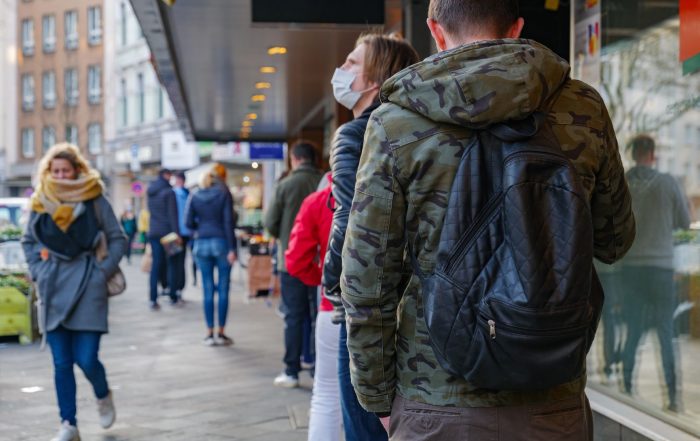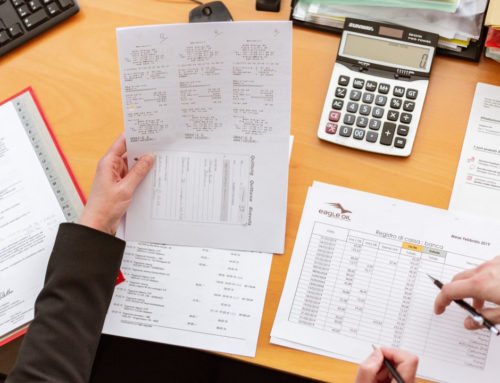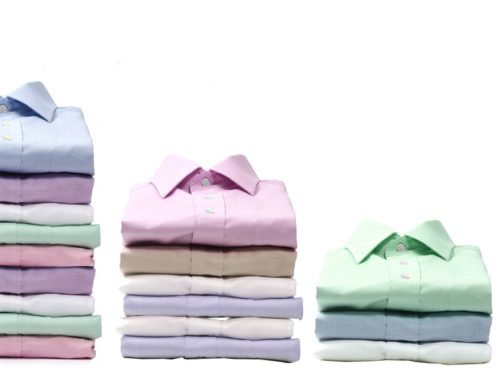Re-examining your Holiday Business
While many retailers look at BTS as the bell-weather for a profitable fiscal year, almost all know that late Q3 and Q4 is where ‘you make it or break it.’ Whether the US Thanksgiving / Black Friday weekend will lead to a positive holiday season (for what will have been a very challenging year) is yet to be seen, but now is when all aspects need to be re-examined.
While Q2 has primarily been more triage-focused, the initial review of the ‘Holiday’ plans needs to be performed at a much higher level. For many apparel retailers, this season’s FOB items will more likely still, as opposed to already having been packaged and shipped. Even more importantly, assessing the expected completion dates for these items, along with the quality of production workmanship and adherence to all criteria of the tech pack is critical.
Don’t forget to include an assessment of basic items. This is an important portion of overall sales, not only for some retailers, but it can also be a reason your customers return to your stores. Most likely, long recognized standards of size, quality, and price have been established – this is not the time to disappoint those customers with inconsistencies or an unexpected out-of-stock position.
As merchants review the status on production, we also recommend that the senior merchandise planning team ‘take one more look’ at the Q3/Q4 2020 plan. Start by assessing the overall strategies which were key to the creation of this plan, and determine whether those are still relevant, based on the new realities of the retail environment now. Here are some areas to consider for your assessment.
New Business
If a plan was created which incorporated new product lines, whether they be new vendors/brands or new areas of business (for example: incorporating apparel items into an accessory based store, or vice versa), expanded assortments for existing customers (like infants apparel in a children’s store or ‘plus’ sizes in a regular size apparel store), assess the current 2020 rollout.
Often such product lines are slowly groomed in the first one or two quarters, to assess their success within the given product, as well as to determine any potential cannibalization to the existing assortments. Often a more aggressive (maybe all store compared to an earlier test or top store) distribution is planned by the third quarter (this is best practice – some retailers have been known to ‘big bang’ right from the start…).
Now might be that third quarter (or the next phase of the planned expansion). Ask yourself (honestly) – how have the first portions of the rollout fared? With minimal sales in the past few months, and at best maybe tepid sales results in the next few months – is there sufficient data to jump into the deep end? Should the rollout be delayed until the start of the next fiscal year? Maybe there needs to be a slower phased approach through Q3 into Q4?
Of course, the planned rollout could proceed if the impact on the overall business is minimal. If the expanded assortment is under 5% of total sales, the risk is much less, as opposed to expanding into a new brand that will occupy 20% of the total sales.
Location or Customer Expansion
Extensive corporate resources are leveraged to rollout retailer growth by either expanding or finding new channels in which to sell to existing customers, or by attracting new customers to a retailer’s existing locations.
Every retailer creates some level of an optimistic goal (higher sales transactions per customer, more or new customer visits, higher conversion per customer) which translates to some sort of impact within the merchandise plan (typically measured with more sales and more receipts planned, along with additional margin created).
Many of the same questions noted under New Business can also be asked for this topic – is there sufficient trend based on the first quarter of this year to proceed with the plan for the balance of the year?
Maybe your retail/customer expansion is complete. If so, then the question to ask is ‘how are the results?’. Often the initial ‘new store planning’ utilizes the data from a comparable store to determine the initial sales budget/inventory levels. How are those new stores trending, compared to their comparable stores?
If your company leverages software to assist with your Customer Relationship Marketing (“CRM”), have the benchmarks initially planned (# of customers, # of transactions, and quality of transactions) for the new customers materialized?
If the answer for either section is ‘less than expected’, then the results incorporated into the merchandise plan need to be appropriately revised.
Holiday Seasonal
Gift giving in concert with the Holiday season will invariably continue to be strong in Q4, although the concept of family connections will most likely still be impacted by the pandemic. Recent articles from international health organizations note there could be additional virus flare-ups within large groups, until more of the population builds up an immunity.
The recent trend of ‘virtual’ parties and online group ‘ face-to-face’ communication will most likely continue through the balance of 2020. Retailers focusing on ‘dressy’ apparel specifically designed for such group ‘get together’ events may want to reassess sales and inventory levels, in particular, if aggressively planned up over last year.
Final Thoughts
Regardless of what triggers were influencers earlier in the year, the merchandise plan needs that ‘final review’, to either proceed as is, or back off sales/receipts and margin. There will most likely be some unexpected changes from the already planned deliveries (cancellations/quality issues upon delivery are going to be inevitable), so it will be prudent already identify areas where cancellations may need to occur, or where opportunities to ‘pump the brakes’ – at least for the next two quarters – will be a wise decision.

























